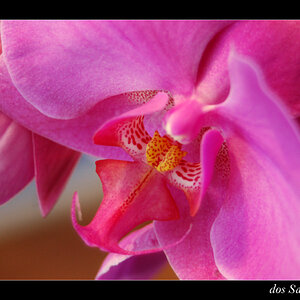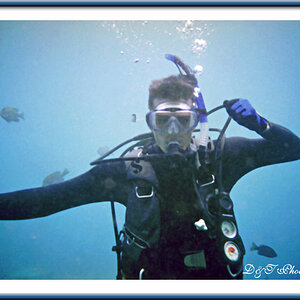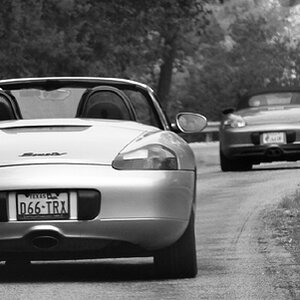Johnboy2978
No longer a newbie, moving up!
- Joined
- Oct 21, 2004
- Messages
- 1,797
- Reaction score
- 30
- Location
- Southwest Virginia
- Website
- www.johncountsphotography.com
- Can others edit my Photos
- Photos OK to edit
Being new to film cameras, I have been used to my digital camera where what you see is what you get (more or less). I am specifically talking about shutter speed and aperture values. When using the digital, I have full control over both, however, I can see how light/dark it is before I release the shutter. I don't really pay attention to the values though. Instead I typically decide on the shutter speed first depending on what I'm shooting, then open/close the aperture until I get the desired light for what I'm shooting. With a film camera, I don't really know if the aperture was right until the film is developed. I know that as a rule of thumb you want to keep the shutter/aperture values close to the 1/125 and f8 proportions for proper exposure, unless you are doing something artistic and you want it over/under exposed.
So my question is, do any of you keep a log of all the values with most of your shots so that you can recreate that in the future or did you in the beginning? Or do you just stick to the 1/125 and f8 proportionately to achieve the desired effect and it's all become second nature and you just do it instinctively?
So my question is, do any of you keep a log of all the values with most of your shots so that you can recreate that in the future or did you in the beginning? Or do you just stick to the 1/125 and f8 proportionately to achieve the desired effect and it's all become second nature and you just do it instinctively?


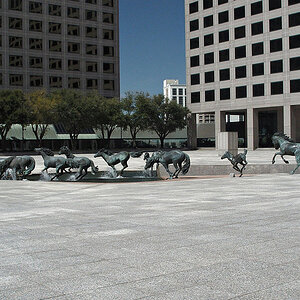
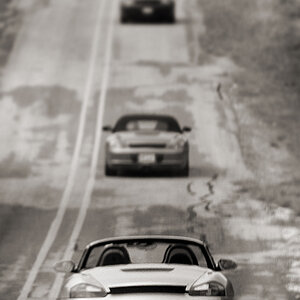
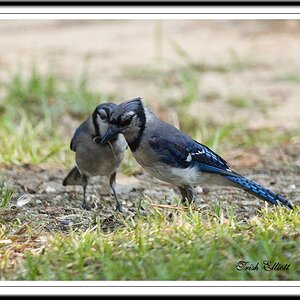
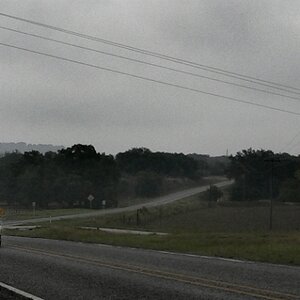
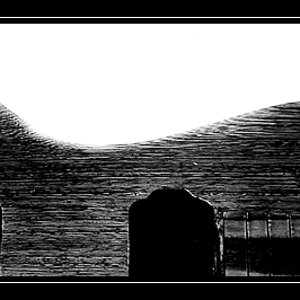
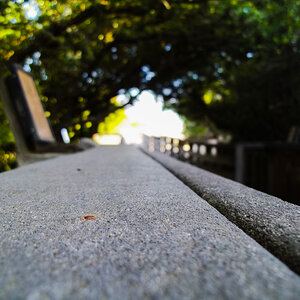
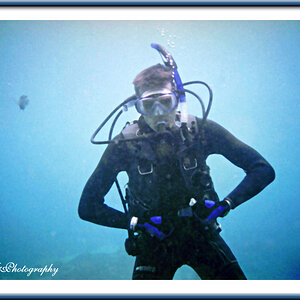

![[No title]](/data/xfmg/thumbnail/32/32707-3c49d54a87afb53e65c60391858400be.jpg?1619735611)
